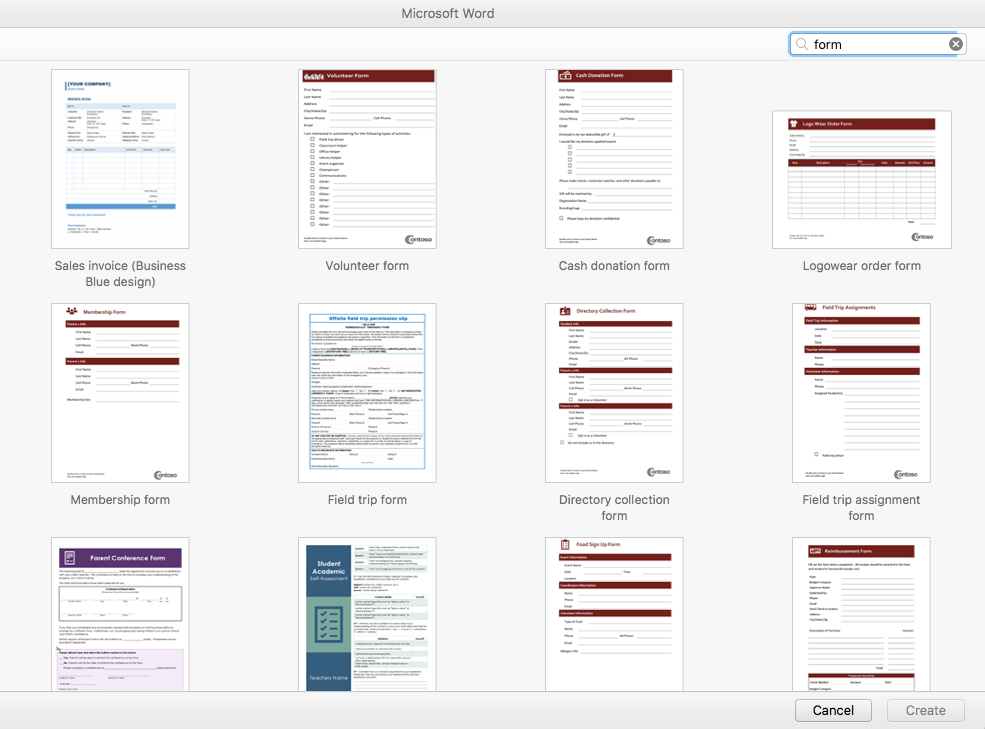- File Tab In Word For Mac
- Mailings Tab In Word For Mac
- Insert Tabs In Word Mac
- How To Change Tabs In Word For Mac
- Setting Tabs In Word For Mac
Home > Articles > Apple > Operating Systems
Do one of the following: Select a tab stop and select Clear. Select Clear All to remove all tab stops. To clear a tab stop. Go to Format Tabs. Do one of the following: To clear a single tab stop, select the tab stop and then select. Select one or more paragraphs. If you want to select the entire document, choose Edit→Select All from the menu bar or press Command-A. Click the Tabs menu and choose one of the five tab stops. Click in the horizontal ruler wherever you want a tab stop. Show the Developer tab in a Word document so you can write macros or add content controls, including check boxes, text boxes, and combo boxes. By default, the Developer tab is not displayed. Word for Microsoft 365 Word for Microsoft 365 for Mac Word 2019 Word 2019 for Mac Word 2016 Word 2013 Word 2010 Word 2016 for Mac More. Once Microsoft Word is installed, add Grammarly for Microsoft Word for Mac as follows: Open a blank Microsoft Word document on your Mac. Open the Insert menu and click Get Add-ins or Store. Enter Grammarly in the search field and press Enter. Click Add next to the listing for Grammarly for Microsoft Word. Then, look for the Grammarly tab on the. Using Hyphens and Underscores. The simplest and most easy method is to use continuous hyphens.
␡- Create and Save a TextEdit Document


This chapter is from the book
This chapter is from the book
TextEdit is a small yet surprisingly powerful word processor. Use it to write memos, letters, diaries, novels, grocery lists, memoirs, or any other text document. You can create simple tables and automatically numbered or bulleted lists, add shadows to type, insert images, search and replace text, and more. But it’s not a full-blown word processor such as Apple’s Pages (check the App Store in your Dock) or MarinerWrite (MarinerSoftware.com) or the sweet, new Pagehand (Pagehand.com). Although TextEdit can’t do all the fancy things a big word processor can, it’s excellent for many projects.
If you’ve never used a word processor before and you don’t know how to open an application and save files, enter text, select text for formatting, cut/copy and paste, etc., please read The Little Mac Book first! This chapter assumes you know the basics of working in a word processor.

File Tab In Word For Mac
Create and Save a TextEdit Document
Open TextEdit (it’s in your Applications folder and in Launchpad). Then from its File menu, choose “New.” A blank window opens for you to start typing.
Choose how you want to see the document: From the Format menu, choose “Wrap to Window” (below, left) or “Wrap to Page” (below, right).
Save your document as usual (from the File menu, choose “Save...” give it a name, and store it in a folder where you’ll find it again). As you continue to work on your TextEdit document, an “Edited” button appears in the top-right corner of the document window. This is a visual clue that the document has been changed and you might want to save the changes (press Command S).

You can click that “Edited” button or triangle to choose from several options:
- Lock prevents further changes. If you try to type, you get an option to Unlock it. This is not a secure lock—anyone can click the Unlock button.
- Revert to Last Saved Version gives you the option to revert to the last time it was saved (either by you or by TextEdit), or you can revert to an older version, as explained on the opposite page.
- Browse All Versions—see the opposite page.
AutoSave and versions
Mailings Tab In Word For Mac
TextEdit automatically saves your document every hour as you work on it, as well as when you close it (it doesn’t ask—it just saves). In addition, you can (and should) save more often (press Command S).
Insert Tabs In Word Mac
As soon as you save and name a document, TextEdit keeps track of all previous versions of that document; that is, every time you save or TextEdit saves, a new version is stored. You can return to any of these versions, as explained below.
To manually save the current version, go to the File menu and choose “Save a Version,” or press Command S.
To save a document with another name or in another file format, go to the File menu and choose “Duplicate.” Save this new file with a new name.
Restore a previous version
To turn to a previous version of the document, click the top-right corner to get the menu shown below. Choose “Browse All Versions....” All previous versions of your document appear, as shown at the bottom of this page.
Click on the title bars to go back in time to previous versions, or click in the vertical timeline to view various versions. When you find the one you want, click the “Restore” button at the bottom of the screen.

Related Resources
- Book $55.99
How To Change Tabs In Word For Mac
- eBook (Watermarked) $55.99
Setting Tabs In Word For Mac
- Web Edition $55.99